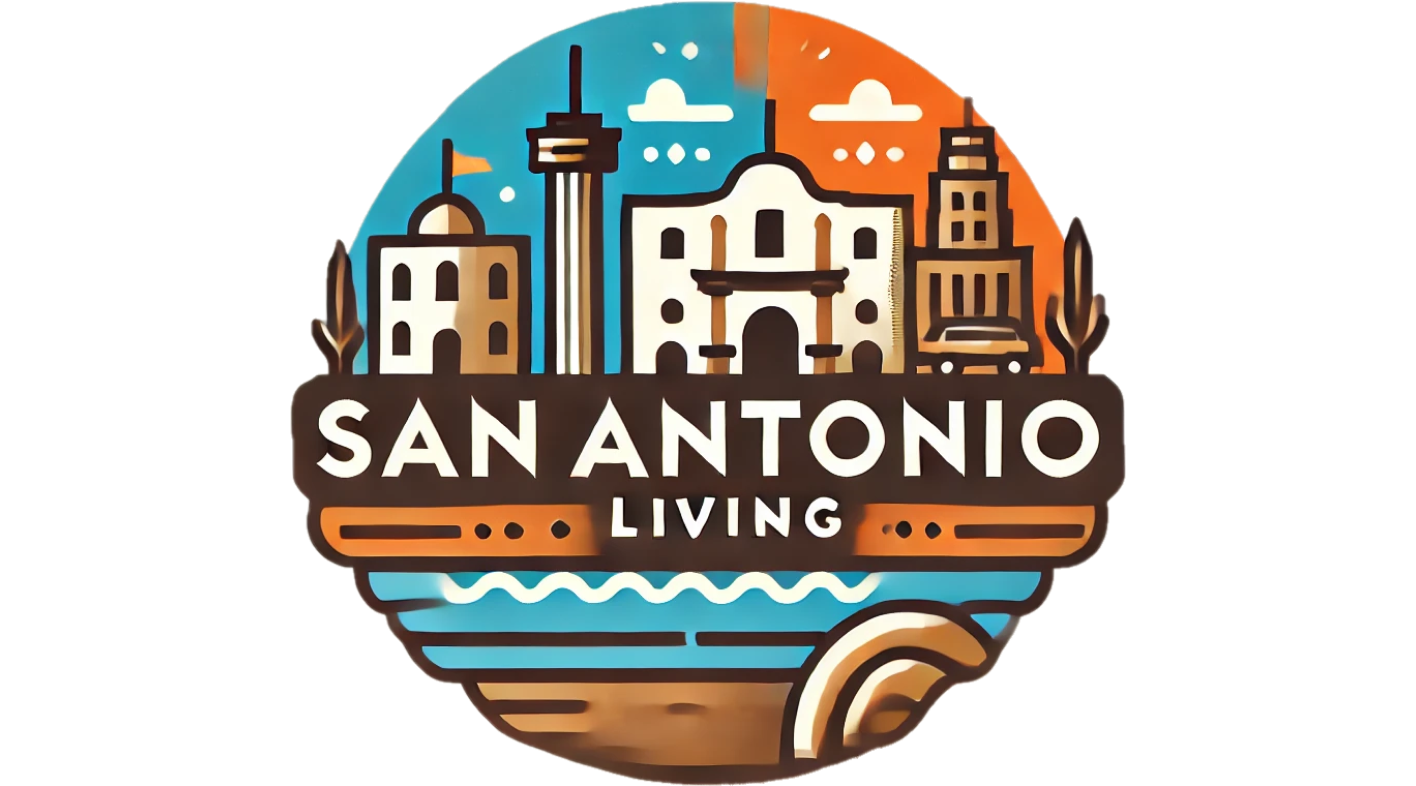
The Intersection of Art, Safety, and Politics in San Antonio
The ongoing review of the Beacon Hill street safety project in San Antonio has triggered a broader conversation about the interplay of art, safety, and political ideologies within our urban landscapes. Recently, Texas Governor Greg Abbott mandated the Texas Department of Transportation (TxDOT) to enforce the removal of certain markings and signage considered to reflect political messages. This directive poses significant implications for community projects like the one initiated by the nonprofit ActivateSA, which aims to enhance pedestrian safety through street art.
Activating Community Spaces for Safety
ActivateSA's project, part of a tactical urbanism movement, seeks to create painted “bulb-outs” on sidewalks around Blanco Road and Elsmere Avenue. By narrowing roadways, these enhancements make pedestrian spaces safer and more visible for both drivers and pedestrians. The project intended to promote a welcoming public space while fostering community connections through public art. The broader implications of Abbott's order, however, may put such initiatives in jeopardy—a sentiment expressed by ActivateSA's Executive Director Joey Pawlik, who remains hopeful despite the challenges.
Political Overtones: The Rationale Behind the Order
The rationale for Abbott’s order is to curb the display of non-standard surface markings that don't directly relate to traffic control or safety. Abbott's announcement aims to maintain a clear and standardized roadway system; however, it raises questions about the removal of artistic expressions like rainbow crosswalks that symbolize social causes. These markings, placed in cultural districts like San Antonio’s Pride area, encapsulate community values and the significant role of public art in promoting inclusivity.
Statewide Trends in Pedestrian Safety Initiatives
ActivateSA's efforts coincide with the Texas Department of Transportation's broader initiatives to improve pedestrian safety statewide. As per the Texas Pedestrian Safety Action Plan (PSAP), there has been a notable increase in pedestrian fatalities, triggering calls for strategic action. The PSAP employs data-driven methodologies to identify the most hazardous locations for pedestrian activity. Consequently, stakeholders are urged to collaborate and invest in safety countermeasures that prevent further tragedies. The push for compliance with Abbott's orders reflects a tension between creating safer and more accessible urban environments and adhering to stringent state regulations.
Comparisons with Other Cities: A National Perspective
San Antonio is not alone in grappling with this issue; other cities across Texas, such as Houston and Miami Beach, have faced similar challenges regarding the removal of rainbow crosswalks and other artistic roadway enhancements. In fact, Miami has already witnessed the removal of rainbow crosswalks, which underscores a growing trend that could hamper urban artistic expression nationwide. Advocacy groups nationwide are watching closely, as these actions may set precedents for other regions reevaluating their own public art policies.
Community Reactions and the Future of Public Art
The community reaction to these developments is mixed. While many residents support officer directives aimed at reducing pedestrian accidents, there’s also a strong advocacy for retaining the social and cultural significance of public art. Stakeholders and community leaders are urged to engage in constructive dialogue with city officials to find common ground. As ActivateSA moves forward, it's crucial for them to explore all avenues that may preserve the essence of their project while aligning with regulatory expectations.
Conclusion: The Call for Collective Action
As cities evolve, the intersection of safety, mobility, and artistic expression will continue to shape our public spaces. The Beacon Hill street safety project represents a microcosm of the larger national conversation on how cities balance infrastructure, community identity, and political influences. Community members, local leaders, and activists must unite in advocating for projects that prioritize safety while also celebrating diversity through art. It's our collective responsibility to ensure that urban spaces remain vibrant and inclusive, reflecting the values of all residents.
 Add Element
Add Element  Add Row
Add Row 



Write A Comment